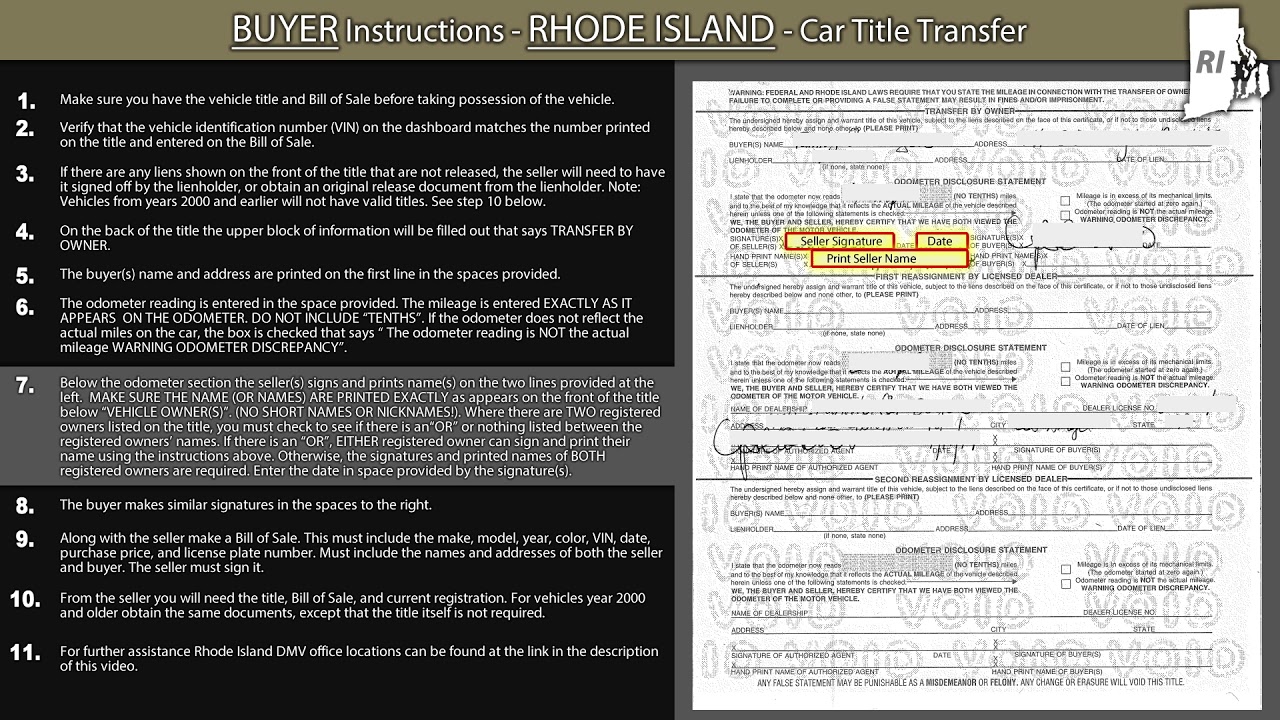Introduction to Rhode Island
Rhode Island, the smallest state in the United States, is located in the New England region. It is bordered by Connecticut to the west and Massachusetts to the north and east. Despite its small size, Rhode Island has a rich history and a vibrant culture. The state is known for its beautiful coastline, historic landmarks, and its significant contributions to the industrial revolution. The state capital is Providence, which is also the largest city in Rhode Island.
Understanding the State’s Geography
Rhode Island covers an area of just 1,214 square miles, making it the smallest state in the country. Despite its small size, Rhode Island has a diverse geography. The state is divided into two main regions: the eastern uplands and the western lowlands. The eastern uplands consist of rolling hills and forests, while the western lowlands are characterized by flat plains and fertile farmland. The state’s coastline stretches for about 400 miles and is dotted with numerous bays, inlets, and islands.
Rhode Island: Known as the Ocean State
Rhode Island is commonly referred to as the Ocean State due to its extensive coastline and its deep connection to the sea. The state is home to more than 100 beaches, offering residents and visitors alike the opportunity to enjoy various water activities, such as swimming, boating, and fishing. The maritime industry has played a significant role in the state’s history and economy, with ports like Newport and Providence serving as important hubs for trade and commerce.
Importance of Cities in Rhode Island
Cities play a vital role in Rhode Island’s social, cultural, and economic landscape. They serve as centers for business, education, government, and entertainment. Cities are often the epicenters of innovation and progress, attracting a diverse population and fostering a vibrant community. Furthermore, cities in Rhode Island contribute significantly to the state’s economy, generating employment opportunities and driving economic growth.
Factors Determining City Count
The number of cities in Rhode Island is influenced by several factors, including population size, geographic location, and historical significance. The state government determines city status based on specific criteria, such as population density, infrastructure, and economic activity. Additionally, communities may petition the state for incorporation as a city, provided they meet the necessary requirements outlined by the state legislature.
How Many Cities Does Rhode Island Have?
As of [current year], Rhode Island has a total of [number] cities. The state’s cities range in size, with some being densely populated urban areas, while others are smaller suburban or rural communities. Each city has its own unique character and offers a distinct set of amenities and services to its residents.
Criteria for City Status in Rhode Island
To be recognized as a city in Rhode Island, a community must meet specific criteria established by the state legislature. These criteria typically include a minimum population threshold, defined boundaries, and the ability to provide essential services such as public safety, education, and infrastructure. The process of obtaining city status in Rhode Island involves a formal petition to the state government and subsequent approval by the state legislature.
Listing All the Cities in Rhode Island
The cities in Rhode Island include Providence, Warwick, Cranston, Pawtucket, East Providence, Woonsocket, Newport, Central Falls, and others. Each city has its own unique history, attractions, and amenities. Whether it’s exploring the vibrant arts scene in Providence, enjoying the beaches in Warwick, or visiting the historic mansions in Newport, there is something for everyone in Rhode Island’s cities.
Population of Cities in Rhode Island
The population of cities in Rhode Island varies widely. Providence, the state capital, is the largest city with an estimated population of [population]. Warwick, Cranston, and Pawtucket are also among the most populous cities in the state. On the other hand, smaller cities such as Central Falls and East Providence have more modest populations. Despite the differences in size, all of Rhode Island’s cities contribute to the state’s diverse and dynamic population.
Urban vs. Rural Areas in Rhode Island
Rhode Island is primarily an urban state, with most of its population residing in cities and urbanized areas. However, it also has rural communities that offer a quieter and more laid-back lifestyle. The rural areas of Rhode Island are characterized by picturesque landscapes, agricultural activities, and close-knit communities. These rural areas provide an escape from the hustle and bustle of city life and offer a unique charm that attracts residents and visitors alike.
Economic Impact of Cities in Rhode Island
Cities in Rhode Island have a significant economic impact on the state. They serve as hubs for various industries, including healthcare, education, finance, and tourism. These industries provide employment opportunities and contribute to the overall economic growth of the state. Additionally, cities generate tax revenue that supports infrastructure development, public services, and community initiatives. The presence of thriving cities is crucial to Rhode Island’s economic prosperity.
Conclusion: Rhode Island’s Cityscape
Rhode Island’s cities are the backbone of the state’s social, cultural, and economic fabric. They offer a diverse range of opportunities, amenities, and services to residents and visitors alike. From the bustling streets of Providence to the charming coastal communities, each city in Rhode Island has its own unique character and charm. Whether you’re exploring the rich history of Newport or enjoying the vibrant arts scene in Providence, Rhode Island’s cities are sure to captivate and inspire.





